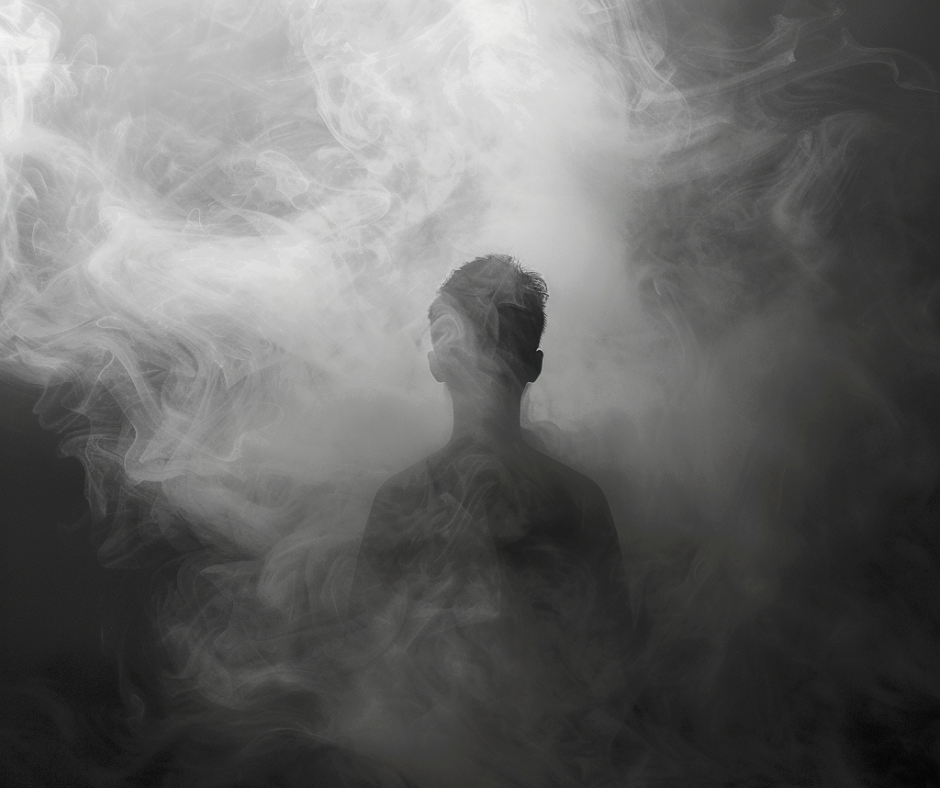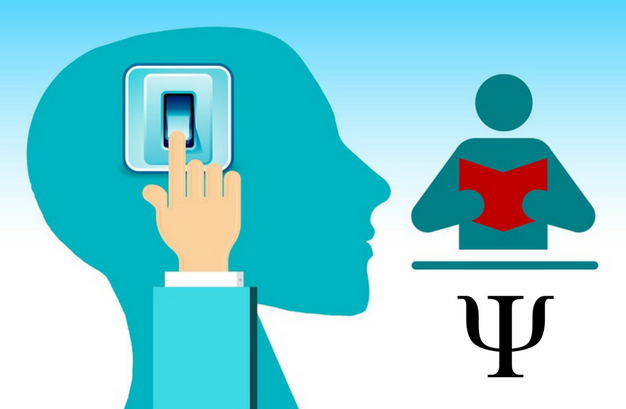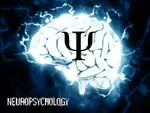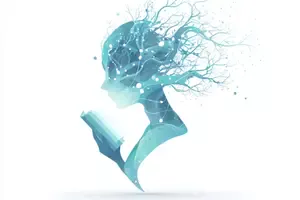Aphantasia: Ten Years Since I Coined the Term for Lacking a Mind’s Eye – The Journey So Far
Words are powerful things. In 2015, with the help of a friend versed in the classics and two psychologist collaborators, I coined the term “aphantasia” to refer to the absence of a mind’s eye. We borrowed Aristotle’s word for the mind’s eye, “phantasia”, adding the prefix “a” to denote its absence.
The term was needed because we had encountered 21 people who, so far as they knew, had never been able to visualise things. Since then I have heard from over 10,000 people who recognised this feature of their psychological makeup in our description – and from several thousand at the opposite end of the spectrum, with “hyperphantasia”, imagery so vivid that it rivals “real seeing”.
It was clear from the start that, while intriguing, aphantasia was not disabling. Early contacts included Ed Catmull, the president of Pixar Disney, and Blake Ross, co-creator of the Mozilla Firefox internet browser, who described the moment he identified his aphantasia in a spirited Facebook post.
We learned from the 21 participants in our original group that people usually discover they are aphantasic in their teens or twenties, often when sharing memories or trying to follow instructions to visualise. They had typically assumed, until then, that talk of the “mind’s eye” was metaphorical: suddenly they appreciate that when others speak of “seeing” a memorable moment from their past, or an absent loved one’s face, they actually can.
This original data hinted at some additional conclusions: in the absence of visual imagery, people with aphantasia often have a thin “autobiographical memory” of their personal past. They also frequently lack other forms of “sensory imagery”, like the ability to imagine the contrasting feel of velvet and satin. And more surprisingly, they often dream visually despite their lack of wakeful imagery.
Coining the term aphantasia unlocked a surge of popular and scientific interest: since 2015, over 50 papers have been published exploring aphantasia. The enthusiasm of many of our participants, glad that a puzzling feature of their psychology has finally been named and studied, has been a heart-warming aspect of this work.
I have recently reviewed this new field of research in Trends in Cognitive Sciences. What are the main conclusions to date?
Not a hindrance
In defiance of Aristotle’s view that the “soul never thinks without an image”, people with aphantasia think clearly and effectively.
A wide range of standard tests of memory and thinking – “cognition” – show only borderline changes, if any, in aphantasia. But one aspect of memory does appear to be affected, as our initial work had suggested: the richness of autobiographical memory is generally reduced in aphantasia, together with the linked ability to conjure up vivid future scenarios.
Recent studies have also supported our initial suspicions that imagery in other senses is often affected in aphantasia, and visual dreaming is often preserved.
Other associations have come to light. A subgroup of people with aphantasia describe difficulty in recognising faces, and aphantasia may, more generally, be linked to subtle alterations in the way the world is perceived.
Aphantasia occurs with autistic spectrum disorder in some of our participants, while people with hyperphantasia are more likely to experience synaesthesia, in which, for example, hearing sounds gives rise to seeing colours.
Aphantasia appears to nudge people in the direction of science and technology professions, while traditionally “creative” trades are over-represented among those with hyperphantasia, though there are many exceptions.
A genetic trait?
Aphantasia occurs in around 4% of the population. If you are aphantasic, your siblings are ten times more likely to share this trait than would be expected by chance.
We hope to identify a possible genetic basis for imagery vividness extremes with the help of large biobanks (studies, like UK Biobank, enrolling large numbers of participants from whom many forms of data, including genetic details, have been gathered). The likelihood that aphantasia is not one “thing” but rather occurs in a range of subtypes, will complicate this hunt.
You may be wondering whether an experience as subjective as the vividness of imagery can be relied on at all as a target for science. The patterns in the results I have just described suggest that reports of imagery vividness are meaningful. But, reassuringly, other lines of objective evidence point in the same direction.
If you have imagery, and you imagine looking into the Sun, your pupils will constrict – not so in people with aphantasia. Listening to scary stories alters skin conductance in those with imagery (we sweat!) – not so in people with aphantasia.
Work directly examining brain activity suggests that differences in brain connectivity between people with aphantasia and hyperphantasia help to explain why thought translates into image more readily for some of us than others.
Why did our modest coinage of a term excite so much interest? One of the most distinctive features of our human lives is that we spend much of them in our heads. We are, therefore, bound to be intrigued by one another’s inner lives.
Visual imagery is the most frequently reported conscious experience. Those of us with imagery are therefore startled to discover that others inhabit quite different mental worlds. Those of us who lack it are glad to have met a word capturing that difference.![]()
Adam Zeman, Professor of Cognitive and Behavioural Neurology, University of Exeter
This article is republished from The Conversation under a Creative Commons license. Read the original article.
Want to Read More Great Articles?
See following link to check out a fascinating collection of psychology articles by leading academics and researchers.
This Psychology Symbol - Vintage Retro Striped Sunset T-Shirt is available from Amazon (prime eligible) in a range of colors for women and men. Sales help support this website, which has been providing free and comprehensive information and resources for psychology students and educators since 2008.
Recent Articles
-
Neuropsychology
Dec 18, 25 04:16 AM
Neuropsychology information and resources. Learn all about the fascinating branch of psychology which explores the relationships between the brain and behavior. -
Psychology Articles by David Webb
Dec 16, 25 08:52 AM
Discover psychology articles by David Webb, featuring science-based insights into why we think, feel, and behave the way we do. -
Hedonic Adaptation Explained: Why Familiar Pleasures Lose Their Spark
Dec 16, 25 08:40 AM
Hedonic adaptation explains why pleasures fade over time. Learn how small changes can restore enjoyment and why popcorn tastes better with chopsticks.
Know someone who would love to read Aphantasia: Ten Years Since I Coined the Term for Lacking a Mind’s Eye – The Journey So Far. Share this page with them.
Please help support this website by visiting the All About Psychology Amazon Store to check out an awesome collection of psychology books, gifts and T-shirts.







